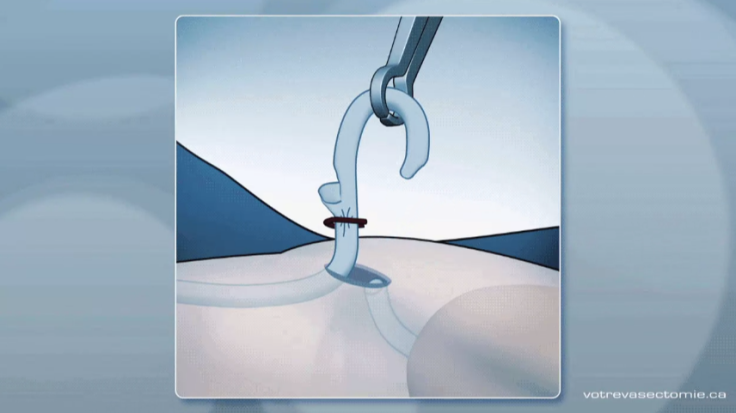Here’s What A NSFW No-Scalpel Vasectomy Looks Like

A vasectomy is a form of birth control where a doctor will block the tubes that carry sperm. Usually the procedure is conducted by using a scalpel to make a small incision in the scrotum, but the no-scalpel vasectomy gets the job done with one small puncture and requires no stitching.
Despite the graphic nature of the gif, this procedure is done using a local anesthetic similar to Novocaine. It is also far less traumatic and therefore less painful than a traditional vasectomy. One tiny puncture is made in the penis and the tubes of the vas deferens, and the tubes that carry semen are quickly cut and either cauterized or blocked. The tiny puncture will heal on its own, and not only requires no stitching, but also ensures there is no residual scarring. In turn, this procedure also reduces bleeding and the possibility of infection, bruising, and other complications, Planned Parenthood reported.
The procedure only interrupts the delivery of sperm and therefore has no effect on a man’s sex drive or ability to perform. One of the main benefits of this form of birth control is that it is permanent. However, in some instances, the procedure can be reversed, although this is not guaranteed and the procedure should be conducted with the intention of being permanent.
Although the no-scalpel vasectomy is a less traumatic form than the traditional vasectomy, there are still smalls risks for infection and bleeding. Men are advised to remain off their feet for about 24 to 48 hours following the procedure, but are advised to refrain from sex for 3 to 4 days following. Although there is no more semen in a man’s ejaculate, his ejaculate will still look the same, although it will still take a few months before there is no longer any sperm in his seminal fluid.
Published by Medicaldaily.com



























